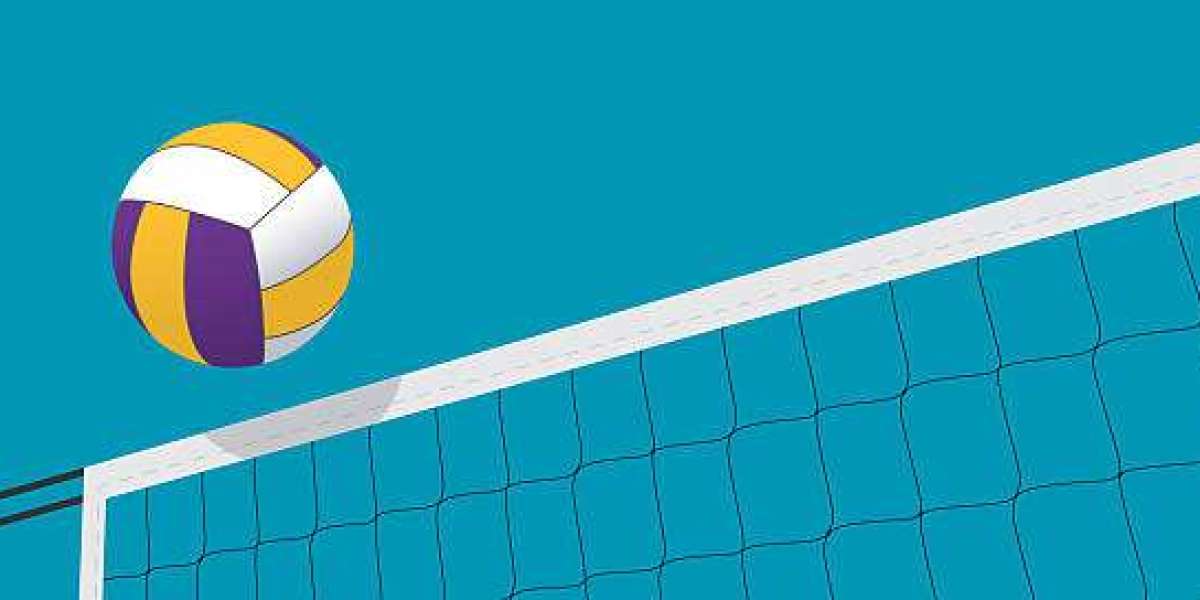At a regional youth volleyball tournament in Lahore, a misaligned net height led to delayed matches, player complaints, and officiating confusion. What seemed like a minor setup error had significant consequences—underscoring the importance of adhering to standard measurements in sports gear. For procurement teams, designers, and OEMs involved in sports infrastructure, understanding what is the height of volleyball net is more than just a technicality—it's essential for compliance, performance, and player safety.
Why Net Height Standards Matter in Sports Performance and Safety
Whether designing sports facilities for schools or manufacturing net systems for training centers, precision matters. Volleyball net height influences everything from player technique and injury risk to rule enforcement and game flow. If the net is off by even a few centimeters, the result can be skewed competition, flawed performance evaluation, or elevated risk of overuse injuries.
In professional and amateur play alike, compliance with standard sports dimensions ensures fairness and safety. For coaches, this means consistent drills. For engineers, it guides product specifications. For sports buyers, it impacts purchasing decisions. Net height also varies across age groups and genders, making it crucial for decision-makers to reference the correct standards—be it for adult men’s leagues, high school girls, or recreational beach volleyball. The right net height also supports youth development and helps facilities meet training compliance benchmarks.
Technical Factors, Guidelines, and Use Cases
Official Dimensions or Regulations
According to FIVB (Fédération Internationale de Volleyball) and USA Volleyball, the standard net height for indoor men’s volleyball is 2.43 meters (7 feet 11 5/8 inches), while for women, it’s 2.24 meters (7 feet 4 1/8 inches). High school regulations (NFHS) generally follow similar standards, but variations exist for different age groups and competition levels. Beach volleyball follows its own guidelines: 2.43m for men, 2.24m for women, but often uses a more flexible net structure given the outdoor environment.
Manufacturers and designers must ensure that volleyball nets comply with these variations. Tolerance for deviation is minimal, especially in certified tournaments where referees measure net height before matches.
Age- and Gender-Based Adjustments
Net height is not universal. For junior categories, such as boys and girls aged 12 and under, the net is typically set between 2.13 meters (7 feet) and 2.20 meters, depending on the federation. Mixed-gender recreational games may adjust nets for inclusivity and safety.
These standards directly influence how product designers engineer pole height adjusters, crank systems, or pre-fabricated net frames. In procurement, ordering the wrong configuration can lead to unusable inventory or non-compliant setups—costly mistakes for facility managers and PE coordinators.
Equipment Material or Setup Considerations
Volleyball net systems are made of steel, aluminum, or hybrid materials depending on portability and use-case. Indoor nets usually have tensioning systems and wall-anchored poles, while beach nets favor freestanding, corrosion-resistant designs.
Adjustability features are critical in schools and training academies that serve multiple age groups. Designers should also account for environmental wear, anchoring mechanisms, and tension stability when creating net frames. Buyers should verify that the equipment includes built-in guides or markings to simplify accurate net height setup.
Practical Applications and Field Examples
In school gyms, where both boys’ and girls’ teams share the same court, adjustable net poles are essential. Coaches often struggle with manual adjustments that are either too rigid or lack height markers—leading to improper training or increased wear on the equipment.
An example from a sports facility in Karachi highlighted the cost of ignoring standards: the center had to re-order six volleyball net systems because the initial batch lacked height adjustability, making them unusable for their under-14 teams. Engineers can prevent such issues by integrating multi-level marking systems and modular height locks in their designs.
Choosing the Right Sports Equipment Supplier
For engineers, facility owners, and procurement officers, selecting the right sports gear supplier means verifying several critical factors:
Regulatory Compliance: Nets should meet FIVB, NCAA, or local governing body standards.
Durability: Materials must withstand indoor tension or outdoor conditions.
Adjustability: Multi-height systems cater to diverse age groups and genders.
Customer Support: Pre-sale technical specs, post-sale setup guidance, and responsive troubleshooting are invaluable.
This is where MXY Sports stands out. With a comprehensive inventory of volleyball net systems—designed for schools, academies, and professional arenas—MXY provides compliant, durable, and field-tested products. The company’s expert content library and consultative sales team help buyers match the right product to their exact use-case.
MXY also supports custom builds and offers guidance for facility retrofitting—an ideal partner for OEMs and educational institutions building sports programs from scratch. Whether it’s indoor court setups or beachside recreational gear, MXY delivers verified specs with unmatched reliability.
Final Thoughts
Getting volleyball net height right isn’t just a matter of meeting regulations—it’s about ensuring fairness, maximizing performance, and reducing injury risk. For sports engineers, product teams, and procurement leaders, precision in net height is a foundational aspect of building quality training environments.
By partnering with trusted suppliers like MXY Sports and staying aligned with global standards, stakeholders can confidently equip their teams and facilities for long-term success.








